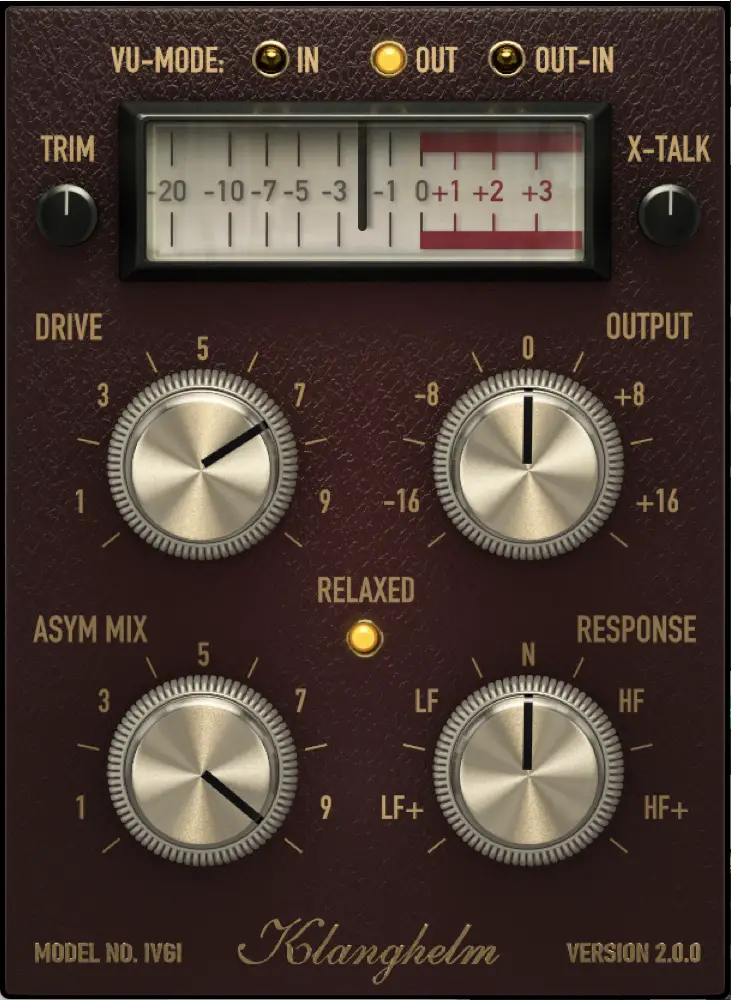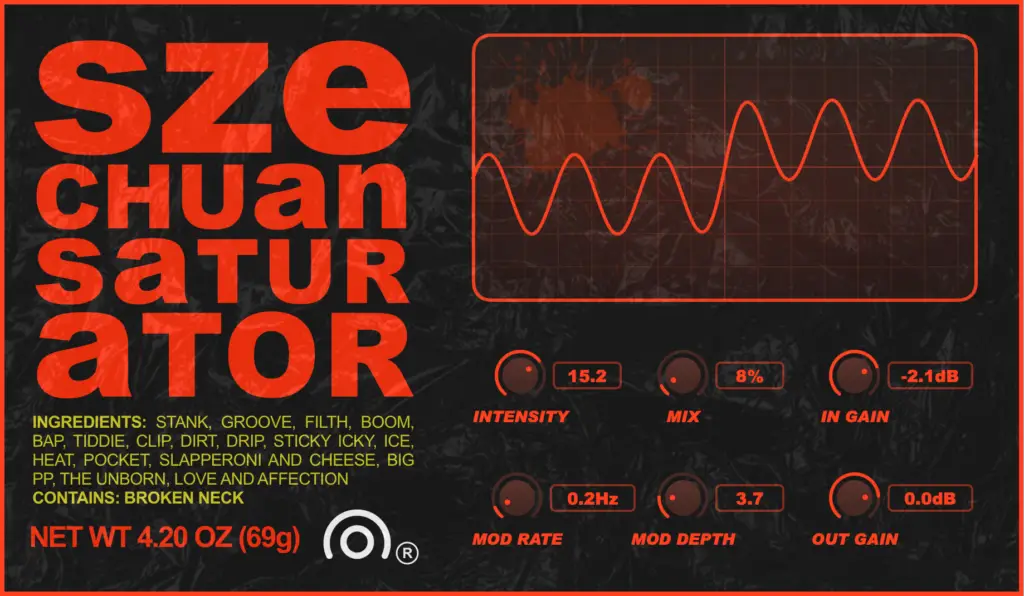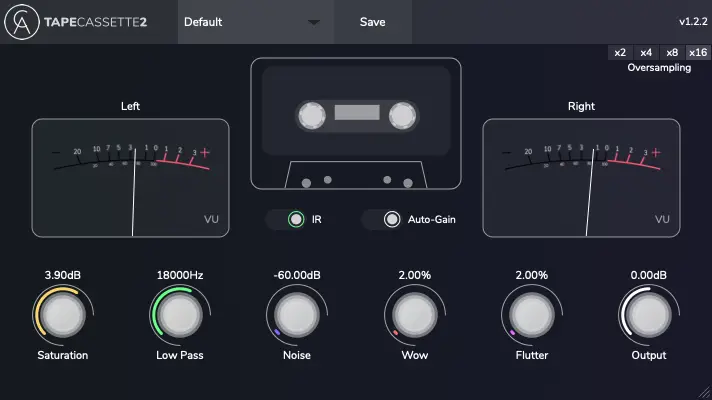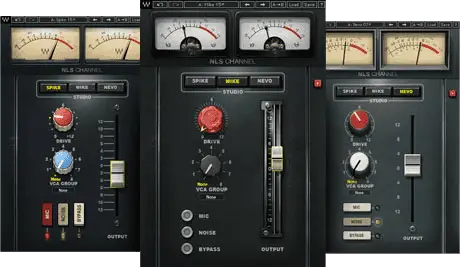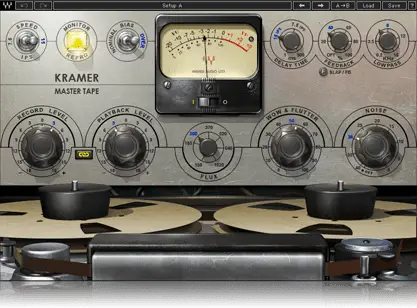Is it a good idea to put saturation on your vocals?
Whether or not you use saturation on your vocals depends on many different factors, including the type of vocal you're going for, how it was recorded, and type of sound you're trying to achieve.
But that said…
It is an excellent idea to add saturation to vocals, as it will add pleasant harmonics, thickness, and warmth, while also helping to control transients by adding some subtle natural compression.
With that in mind, let's examine when you should and shouldn't use saturation on your vocals.
What is saturation?
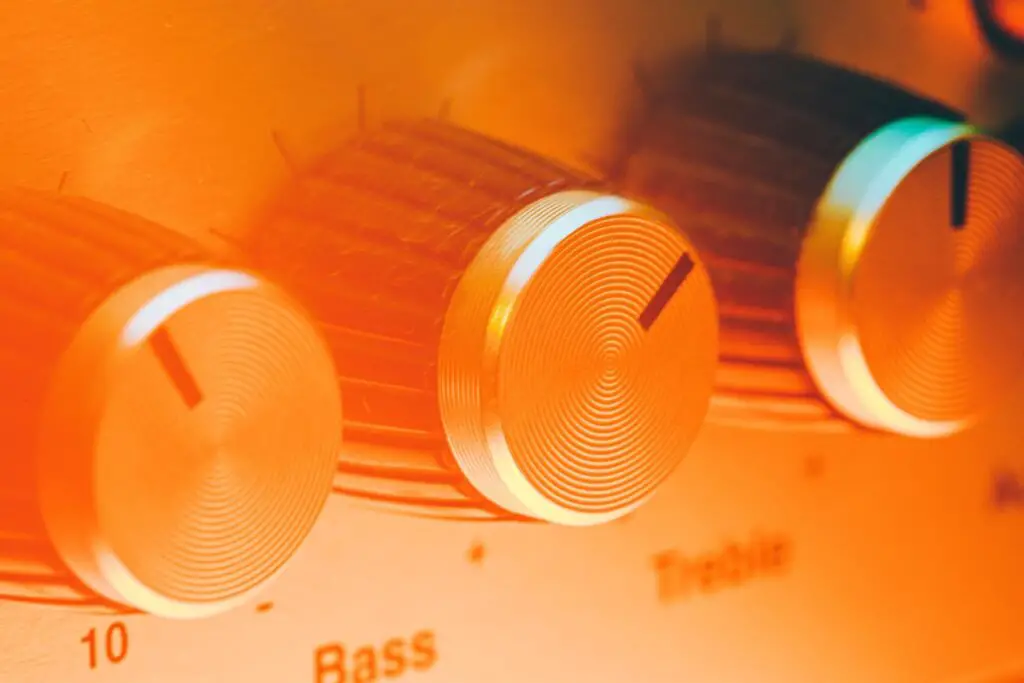
Saturation is combination of two different effects: soft-knee compression and harmonic generation. Saturation occurs when analog gear is overdriven which leads to subtle, pleasant-sounding, distortion.
When you hear people say that physical analog gear is better than digital, it is saturation that they are referring to.
However, today there are many software plug-ins and tools that can help you recreate this analog saturation sound.
Should you saturate your vocals?
In the days before digital recording, computers, and DAWS, there was no question as to whether or not you would saturate your vocals. Saturation was baked into the cake as a result of the construction of the analog gear.
You had the pre-amps in a mixing console that would color (saturate) a sound, analog EQs and Compressors would further color the sound signal, and then you had the process of actually recording to tape or vinyl which would saturate the sound even more.
Saturation was everywhere. You even had the addition of straight up noise to sound signals from amps, compressors, and more.
This noise was the enemy of audio engineers back in the day, but now we have software that can actually add this noise back into our music because we miss that certain character it added to older recordings.
With that in mind, should you saturate your vocals? Or is it better to go for the cleaner, more sterile approach?
As always, there is no right or wrong when it comes to music production, but I'd say you probably want at least SOME amount of saturation on your vocals.
How much depends on what kind of sound you're going for.
If you just want some gentle smoothness and warmth, then go subtle.
If you want a more edgy, biting vocal, then go more extreme, or even venture into the realm of distortion (which is really just extreme saturation).
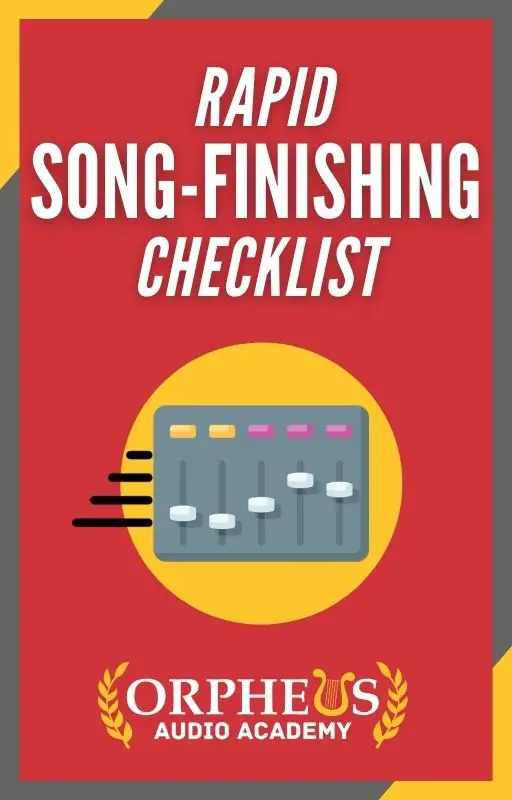
Create Better Songs, Faster
Click below to download my free song-finishing checklist to help you create radio-ready songs without taking months to complete them.
Where does saturation go in the effects chain?
There are different types of saturation you can add, so when deciding where to put saturation in your effects chain, it can be helpful to consider the real life environment of the recording studio, and how saturation would be naturally added there.
In a recording studio, the sound signal would naturally be colored by the a compressor before hitting the mixing console.
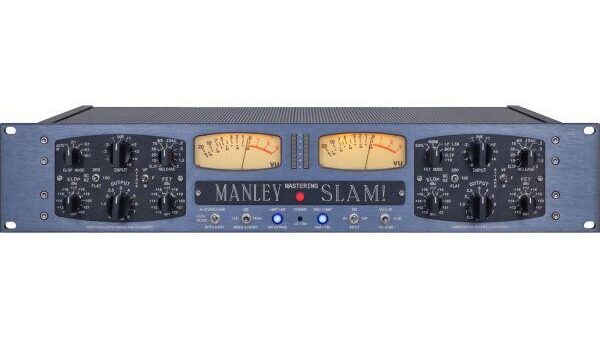
At the commercial recording studio where I went to school, we used a Manley Slam! Limiter/Preamp on every vocal before it hit the Soundtracks mixing desk.
So from the very start, the vocals had some saturation on them.
Add saturation at the beginning
Therefore, I recommend adding some saturation as the very first item in your effects chain, yes, even before compression or EQ.
This is because this kind of compression is really part of shaping the sound, like you would if you were tweaking your synth parameters.
Now, if you don't want to spend $8,599 on a Manley Slam!, you can get a software emulation of it from IK Multimedia, the T-RackS Dyna-Mu.
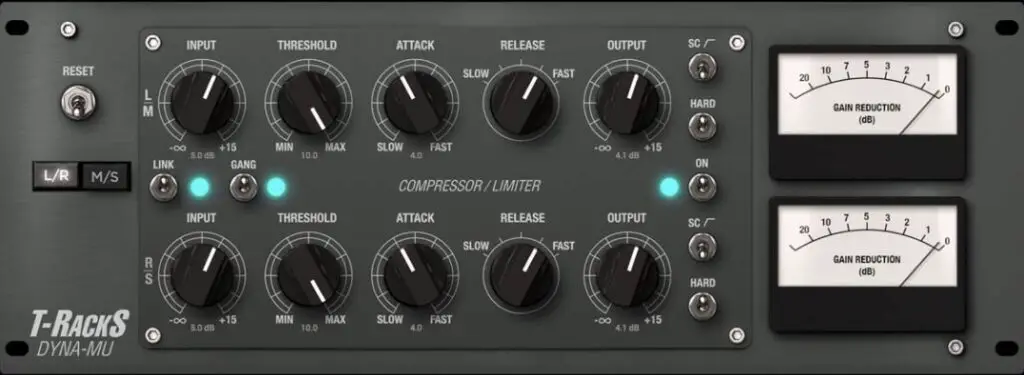
Additionally, the saturation it produces when pushed to its limits can be used to add unique color to your mixes as well as individual tracks.
Add saturation at the end
You're also might want to add some saturation at the end of your effects chain, specifically, tape saturation, as this will help emulate the process of recording your song to tape via a tape machine.
Tape saturation will help add some overall warmth and color to your track, so you may find you don't like the effect it has if you're looking for a cleaner sound.
How do you saturate vocals?
Again, this depends on what kind of vocal style you're looking for.
You can add some very subtle saturation just by using compressor plug-ins that emulate analog gear, like the Dyna-mu I mention above, or an emulation of the Urei 1176 which many companies have.
If you want more saturation, look at adding a tape saturation plug-in, or even going with some heavy tube saturation/distortion.
As always, use your ears and experiment with different tools until you feel your vocals are sitting well in the mix.
Best saturation plug-ins for vocals
So if you're ready to throw some saturation on your vocals, you may be wondering…
Hey, just what plug-ins are the best for creating the saturation I'm after?
Best free saturation plug-ins for vocals
IVGI
IVGI can deliver very soft and subtle saturation, that feels at home on the master buss.
It is equally capable of very dense and dirty distortion effects to spice up single tracks.
Szechuan Saturator
Through a combination of dynamic saturation functions, modulation, and trademark infringement, this plugin is guaranteed to take your tracks from BLEH to MEH.
Szechuan Saturator is unique because it changes the saturation function continuously as the volume of the input signal changes (whatever that means).
The part that matters to you?
This Bleep will make your music sound STEAMY and BOOTYLICIOUS.
Tape Cassette 2
Tape Cassette 2 is an audio plugin that emulates the warmth, noise and character of old tape cassettes.
Best pro saturation plug-ins for vocals
Dyna-Mu
The Dyna-Mu is an amazing emulation of a well-known American tube compressor celebrated for its warm sound and vivid colored tone, which thanks to IK Multimedia’s virtual circuit modeling, is perfectly recreated and indistinguishable from the hardware.
This modern-classic compressor has the characteristic of gluing a mix together with incredible quality, along with how it shines on individual tracks and is perfect as part of a professional mastering chain.
NLS
NLS (Non-Linear Summer) was designed by waves to emulate each of the 32 different channels of 3 different mixing desks.
Because mixing desks operate in the real world where physics exists, no two channels are going to be identical, unlike in digital.
Therefore, this plug-in is designed to give you authentic analog mixing desk style saturation.
You can use the channels are your individual tracks, and then use the bus version on your entire mix to make it sound like your entire mix was created on an analog mixing desk.
Kramer Tape
Developed in association with Eddie Kramer, the Kramer Master Tape plugin is modeled on a rare vintage 1/4″ reel-to-reel machine.
With adjustable tape speed, bias, flux, wow & flutter, and noise parameters, the Kramer Master Tape provides comprehensive control over the contours of your sound.
And to top it off, Waves added a flexible slap & feedback delay, ideal for rock, dance, dub, you name it.
For recording, mixing, mastering, and more, bring the richness and warmth of real tape saturation to your DAW with the Kramer Master Tape plugin. It’s the reel deal.
Conclusion
Should you use saturation on your vocals?
Most probably, yes.
Saturation on your vocals will help them to cut through the mix, as well as add pleasant warmth and even grit.
But creating stunning vocals is just part of the mixing battle.
If you're wanting to finish better quality music, faster, then grab my free song-finishing checklist below.

Create Better Songs, Faster
Click below to download my free song-finishing checklist to help you create radio-ready songs without taking months to complete them.
This will walk you through a proven mixing and mastering formula, step-by-step, so you can cut out the fluff and get down to what's going to make your tracks “radio ready”.
I hope you found this post on, “Should you add saturation to vocals”, helpful!
If so, feel free to share, and let me know in the comments below…

